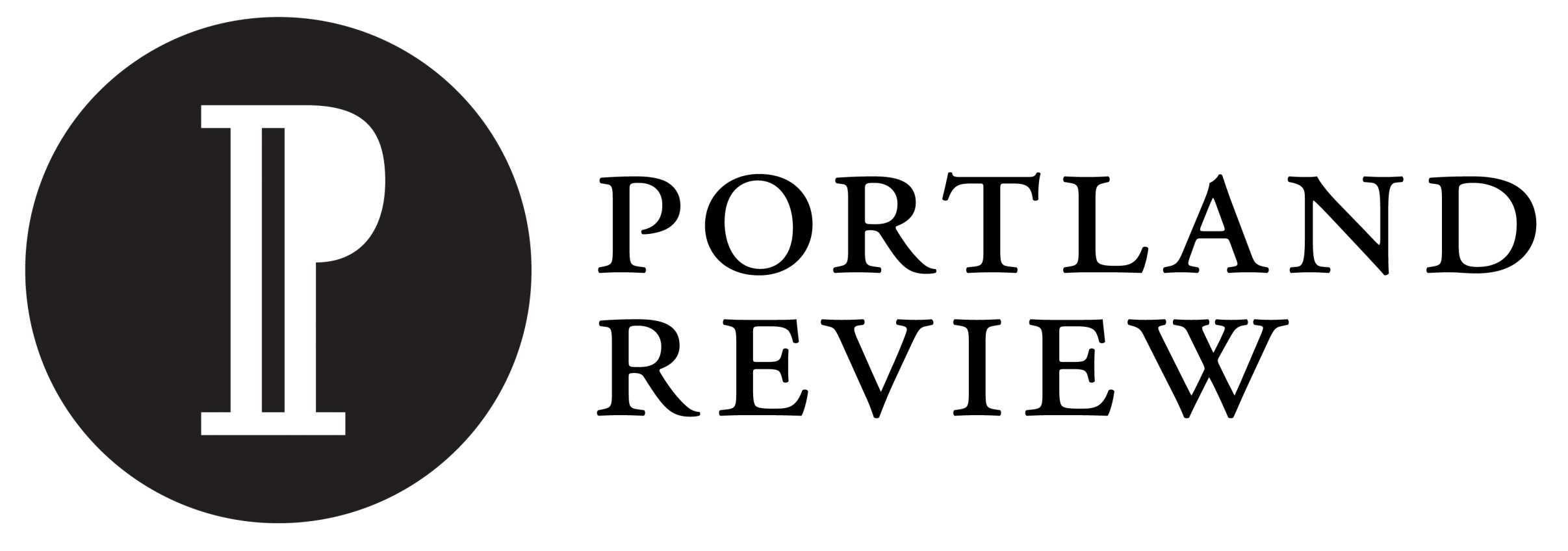If you’re reading this blog, you’re either my mom (Hi, Mum!) or a writer looking to get published. The problem? There’s a hell of a lot of writers out there, my friends. It’s no easy feat to get published.
Here’s the thing: Pursuing a writing career is risky at best. If my graduate classes in Book Publishing have taught me anything, it’s that writers have a tough row to hoe—even if they nab a publisher. Most can’t live off royalties, and blockbusters are a tiny percentage of total titles produced annually. It’s like any other art medium, and the few who rocket to fame hit the liberal arts jackpot.
But come hell or high water, we’re writers. It’s our end game, our love child, our genius. Published or not, writing will always be our thing, and most of us will try to find careers at least surrounded by it, like publishing or teaching. The catch? Finding a publisher even affects our ability to land those related day jobs.
Case in point. While completing a magazine editorial internship, I recently watched my employer wade through a stack of editorial applications and reject them all, even though we desperately need another editor’s pen. Why? Bad writing portfolios. According to my editorial director, the samples have to 1) be good (damn good) 2) explore a variety of topics and 3) be published pieces.
The first two—fair enough. But the third? That’s a thorny bastard.
Fortunately, I’ve had luck publishing across the gamut, and I’ve learned a few things about how to build a published writing portfolio.
First, determine to publish in all medium and genres. A strong portfolio is a diverse portfolio.
Submit to literary journals—like us! Check out Publisher’s Weekly database to find the right journal for you, which includes searches based on payment, genre, and format. There are also bookish blogs like The Poetics Project, which regularly spotlights journals and publishing opportunities. Follow the submission guidelines, and be familiar with the journal style and content.
Submit to newspapers. Letters-to-the editor are great pioneer pieces into publishing because they have high rates of acceptance. Landing a regular columnist position, however, is more difficult. Craft a clear, compelling pitch, and draft a mock piece that represents the column’s theme and personality. With their frequent publication schedules, columns are extremely valuable for writing portfolios and can lead to other opportunities like local celebrity podcasts and syndication. Columns also generate a readership, facilitate discussion, and teach authors to meet deadlines and work with editors. Be smart, be witty, be fearless. I found my readers responded most to hard questions and just plain pluck.
Submit to magazines. Luckily, freelance writers now draft most magazine articles, which means you don’t have to land a staff position to add to your portfolio. Get on contributor lists, respond to their calls for pitches, and get paid. Be prepared to do some research and bang out hokey journalism language.
Publish a book. That, my friends, is easier said than done, but hundreds of thousands of books are published in America alone, so it happens. Aside from publishers like Ooligan Press, most publishing houses won’t accept unsolicited manuscripts—which means, you’ll need an agent to champion your book across the gates. Identify agents who represent similar authors or use databases like AgentQuery.com. Follow their submission guidelines, and make sure your chapter samples are clean. Your query letter should provide a clear synopsis, identify your audience and how it can be marketed, and include a brief biography.
Contribute to blogs. Online blogs are another easy way to build published content. Join a writer’s blog, participate on a company blog, or start your own.
From working on editorial boards at publishing houses, magazines, and literary journals, I’ve also observed a few general rules that increase chances of publication.
In cover letters and author bios, emphasize all previous publishing experience, existing readerships, English or topical education/experience, and awards. For better or worse, published pieces build on top of each other, and publishers consider acknowledged authors more carefully since they’ve already been validated by the industry.
The most important part of a work? The beginning. Publishers and agents are busy as hell, so hook ’em right away; if you can’t win their interest immediately, it’s likely they won’t read past the first few chapters. But remember: If you do hold their interest in the beginning, you’ll have to keep it and end strong.
Submit clean work. Grammar, punctuation, and spelling matter, people. While some editors might be more forgiving than others, many won’t read past the first paragraph if the author doesn’t have a command of the basics.
Make every writing opportunity count, even if it’s a short, sassy blog post. Your portfolio should be filled with pieces that reveal new and different depths of talent.
Don’t temper your weirdness. A strong voice can’t be taught, but if you’ve got it, use it. Be bold and confident, and don’t conform.
And nonconformity leads me to the key to publishing success: Be different. If you can make readers look twice using your voice, plot, wit, experimentation, intelligence, or format, you’ll stand out from the slew of submissions and enter the running. Don’t say what other people say or how they say it. Make publishers want to be the one who found you.
For ideas about displaying online portfolios, check out freelancersunion.org.
